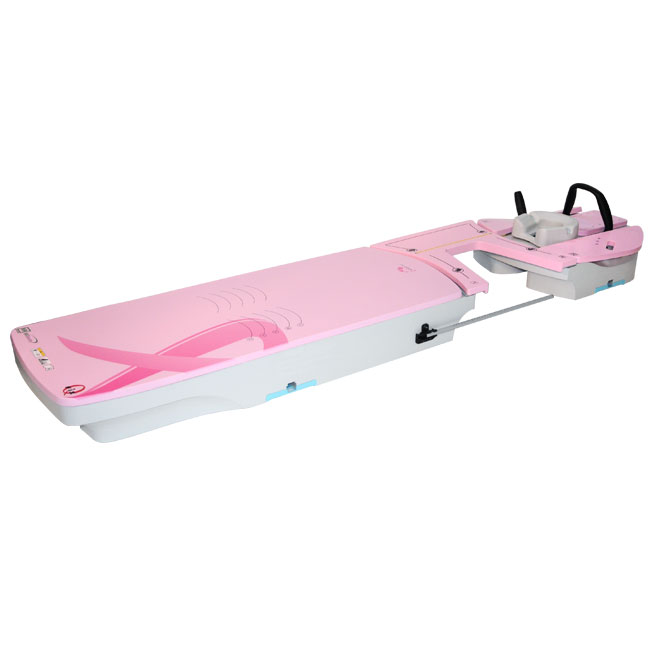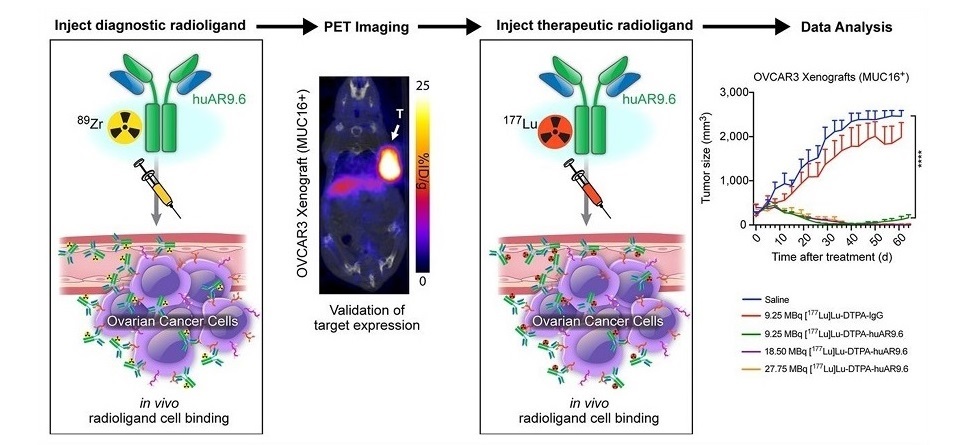Prone Radiotherapy Board Used for Breast Cancer Patients Cuts the Amount of Radiation to Lung, Heart Tissue by 90%
By MedImaging International staff writers
Posted on 05 Nov 2014
A new treatment board that allows patients to lie on their stomach in the prone position during radiation treatment has been shown to be more effective for breast cancer patients.Posted on 05 Nov 2014
Dr. Julia White, from Ohio State University’s Comprehensive Cancer Center-James Cancer Hospital and Solove Research Institute (Columbus, OH, USA), has helped develop a modified treatment board that allows patients to lie comfortably on their stomachs while the breast tissue falls away from the chest wall, allowing the radiation to target the cancer. Conventionally, women who undergo radiation therapy lie on their backs, in the supine position. While that approach can be effective, there is a slight possibility of radiation damage to healthy heart and lung tissue.

Image: The Access Prone Breast Device (Photo courtesy of Qfix).
“The prone board allows gravity to pull the breast away from the chest wall, and create a more uniform shape that we can distribute the dose of radiation through evenly,” said Dr. White, director of breast radiation oncology at the Stefanie Spielman Comprehensive Breast Center. “With this board, we can keep the radiation in front of the ribs, so we don’t even need to go into the thoracic cavity and skim the lung and heart.”
Each patient uses a bean bag or “vac bag” that is customized to their shape and used to immobilize their arms during the treatment. Additionally, the modified board is able to extend off the treatment table, giving the radiation beam space to make a full rotation around the patient.
Traditional radiotherapy has been linked with long-term problems in the shape of the affected breast, with good cosmetic outcomes found in only 60%–70% of patients. “By turning a woman over onto her stomach, we can treat the breast underneath the board and reduce the risk of the treatment leaving permanent effects,” said Dr. White. “We found that we are able to have a really good rate of a good cosmetic outcome in 80%–90% of the women who go through this treatment.”
Dr. White noted that the women who take advantage of the prone-position breast board are typically women who caught their breast cancer early, who have chosen to have a lumpectomy and hope to preserve as much of the breast tissue and shape of the original breast as possible.
Recent studies revealed that prone radiation therapy cuts the amount of lung and heart tissue affected by radiation therapy by 90%. Dr. White developed the board with Qfix (Avondale, PA, USA), an international developer of radiotherapy patient positioning and immobilization.
Related Links:
Ohio State University’s Comprehensive Cancer Center-James Cancer Hospital
Qfix














